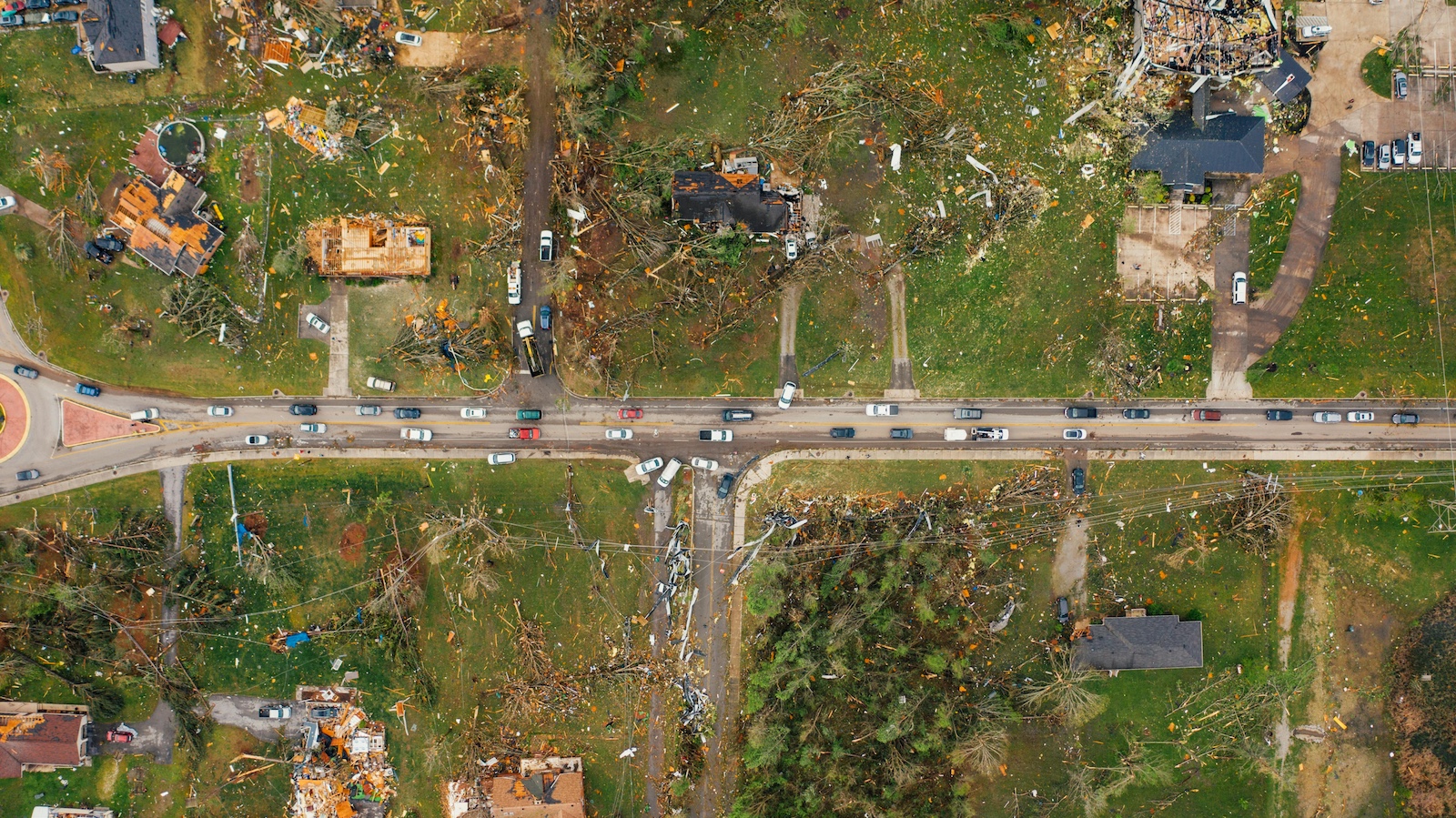The first COVID-19 business interruption claim met defeat in a Michigan courtroom three months ago. Since then, courts throughout the country have wrestled with similar motions to dismiss filed by insurance companies.
As summarized in the attached chart, 11 courts have ordered a dismissal. while four court orders have denied the insurance company's motion and allowed the policyholder to proceed to the discovery phase.
Summary of COVID-19 Business Interruption Rulings (Sept. 30, 2020) from Jason Schupp
These 15 rulings fall into three general categories.
1. The Policyholder Alleges COVID-19 Did Not Cause Physical Damage
Direct physical loss or damage is a prerequisite to recovery under standard business interruption coverage. Nine courts have dismissed complaints where the policyholder pointed to a state or local government's lockdown order - not the virus - as the cause of its loss. In all but one of these cases, the policyholder had been trying to avoid the policy's virus exclusion.
So far, this argument has only worked in a state court in Hackensack, NJ. In Optical Services v. Franklin Mutual, the court saw "an interesting argument ... that physical damage occurs where a policyholder loses functionality of their property and by operation of civil authority such as the entry of an executive order results in a change to the property." While characterizing the argument as a "novel theory of insurance coverage," the court found the policyholder should be given the opportunity to develop a factual record to support its argument. Certainly not a ringing endorsement of the approach, but a chance to keep moving forward for now.
2. The Policyholder Alleges COVID-19 Caused Physical Damage
A more successful strategy is to allege COVID-19 causes property damage. The same federal judge in Missouri has twice found allegations that "COVID-19 attached itself" to property as sufficient to survive a motion to dismiss. To keep their cases alive, policyholders must still convince a judge or jury that COVID-19 really did attach to property and that the resulting damage caused a suspension of business operations. Significantly, the policies in both cases did not contain a virus exclusion.
See also: COVID-19: Implications for Business Models
3. The Policyholder Attacks the Virus Exclusion
Three cases have taken the virus exclusion head-on -- two have lost. Federal judges in Florida and California both found the policy's virus exclusion clearly applies to bar the claim. Another federal judge in Florida was not so sure.
In Urogynecology Specialists v. Sentinel Ins., the court seemed uncomfortable with a virus exclusion applying to "fungi, wet rot, dry rot, bacteria or virus." Specifically, "COVID-19 ... does not logically align with the grouping of the virus exclusion with other pollutants." Accordingly, the policyholder has been permitted to proceed into the discovery phase. Two days earlier, the California court in Franklin EWC v. Hartford found this same language to be plain and unambiguous.
Importantly, the other Florida finding that the virus exclusion is unambiguous looked at a different formulation of wording. In Martinez v. Allied Insurance, the court considered an exclusion applying to ""[a]ny virus, bacterium or other microorganism that induces or is capable of inducing physical distress, illness or disease."
So, what do we know about COVID-19 business interruption claims?
- The most reliable formula to survive a motion to dismiss seems to be a policy unencumbered by a virus exclusion coupled with an allegation that COVID-19 itself caused property damage. The hard work follows as the insurer and policyholder litigate the science of the virus and the precise reason the business shut down.
- Prospects to survive a motion to dismiss appear far less promising if the policy contains a virus exclusion. Two doors have recently cracked open just a sliver. First, the policyholder can launch a frontal assault on the virus exclusion as unclear or ambiguous. The argument almost always fails - decisively - but some wording variations may lead a judge to at least pause. Second, the policyholder can point to the lockdown order (not the virus) as the cause of "property damage." This tactic draws attention away from the virus exclusion but invariably runs into a wall of deep judicial skepticism -- except when it doesn't.
- More than 1,000 COVID-19 business interruption lawsuits remain pending in court throughout the U.S. At this point, no court of appeals has yet to touch a COVID-19 business interruption case. While we can start to see some edges of the litigation landscape, we are a long, long way from having a clear picture of how COVID-19 business interruption claims will ultimately resolve.








